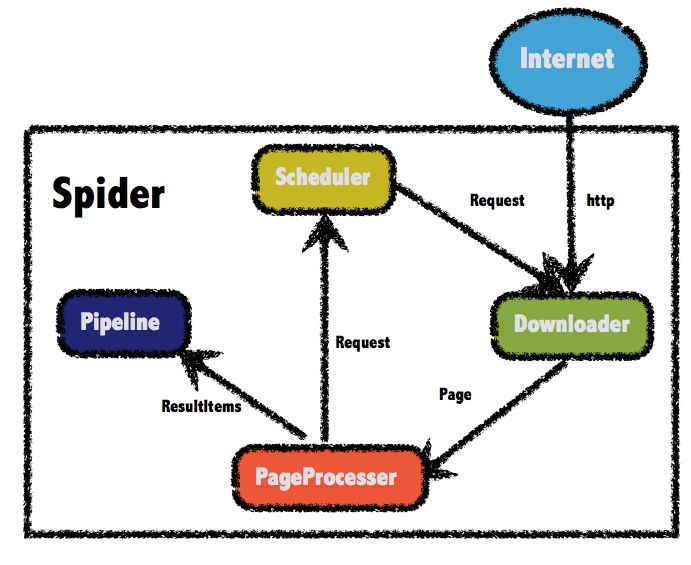Java异常体系结构:继承关系解析
在Java的异常体系结构中,主要分为两大类: checked exceptions 和 unchecked exceptions。
Checked Exceptions:
- These are exceptions that the compiler requires you to handle explicitly.
- They typically represent recoverable conditions or errors in input data.
Unchecked Exceptions:
- Also known as runtime exceptions, these are exceptional conditions that occur during program execution.
- They usually represent programming errors, such as null pointer exceptions, array index out of bounds, etc.
在Java中,异常通常是自定义的,并且可以通过继承已有的Exception类来实现继承关系。例如:
// 自定义的异常类public class MyException extends Exception {public MyException(String message) {super(message);}}// 继承已有的Exception类public class CustomHandling extends SomeExistingException {// 在这里处理自定义异常}
在这个例子中,MyException继承了Exception,并添加了自己的信息。然后,CustomHandling继承了SomeExistingException,并在必要时处理自定义的异常。



































还没有评论,来说两句吧...